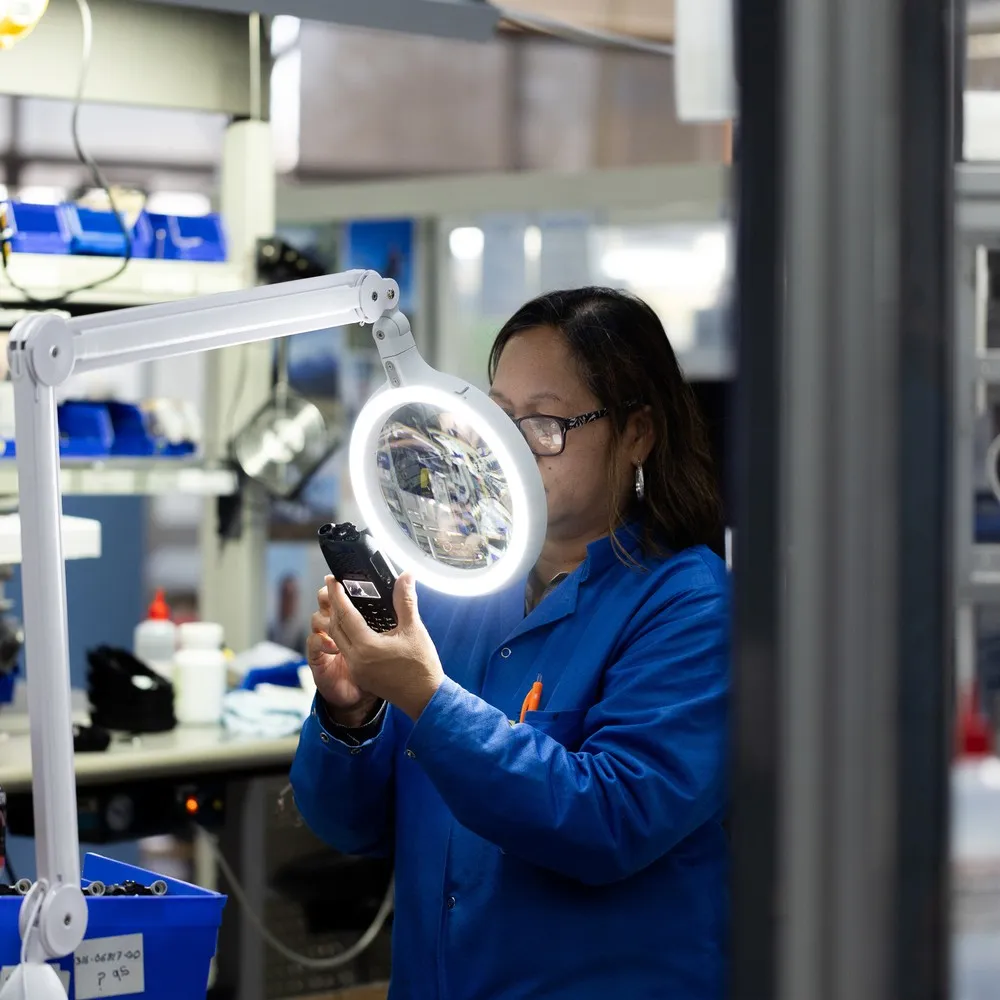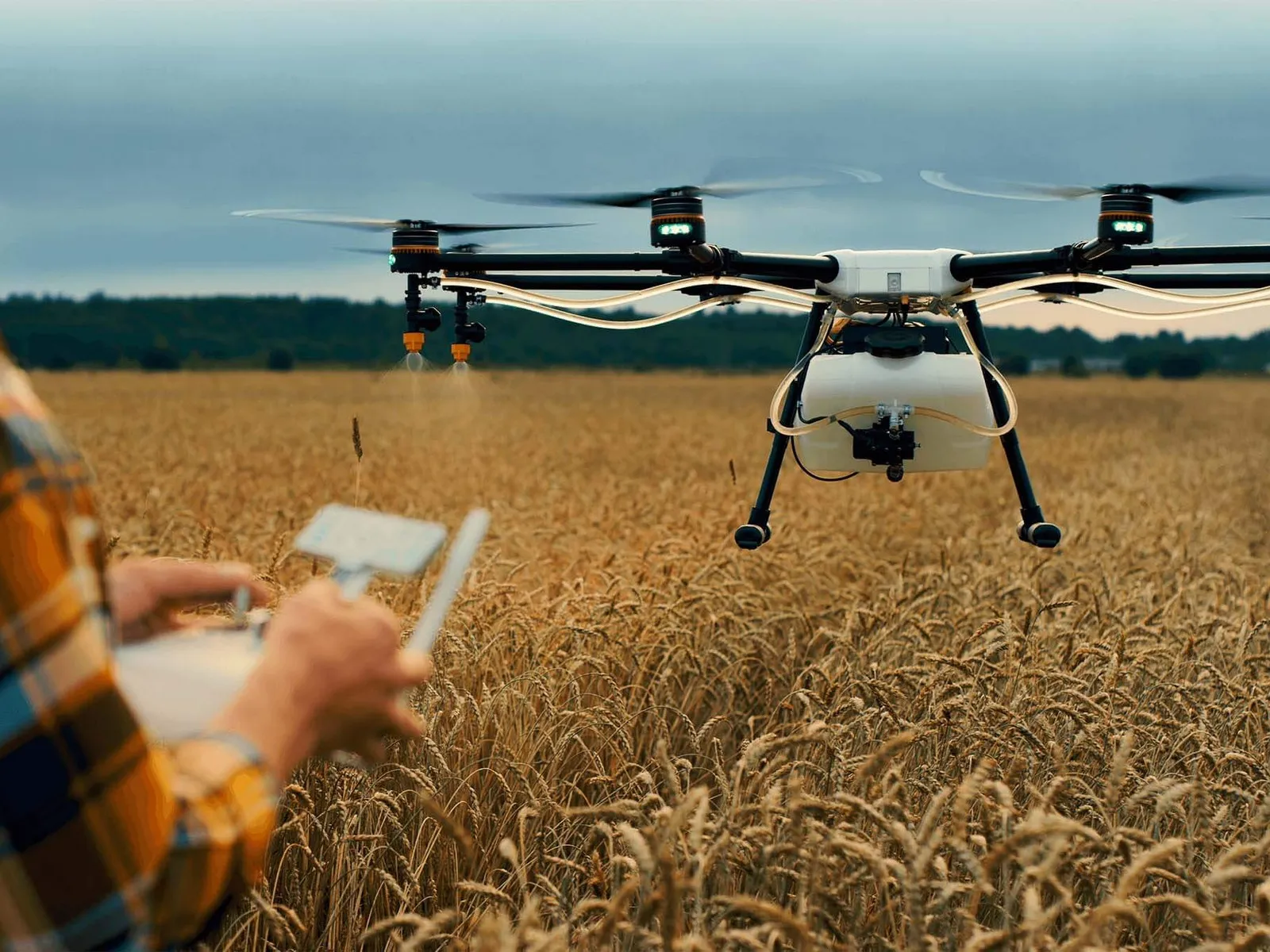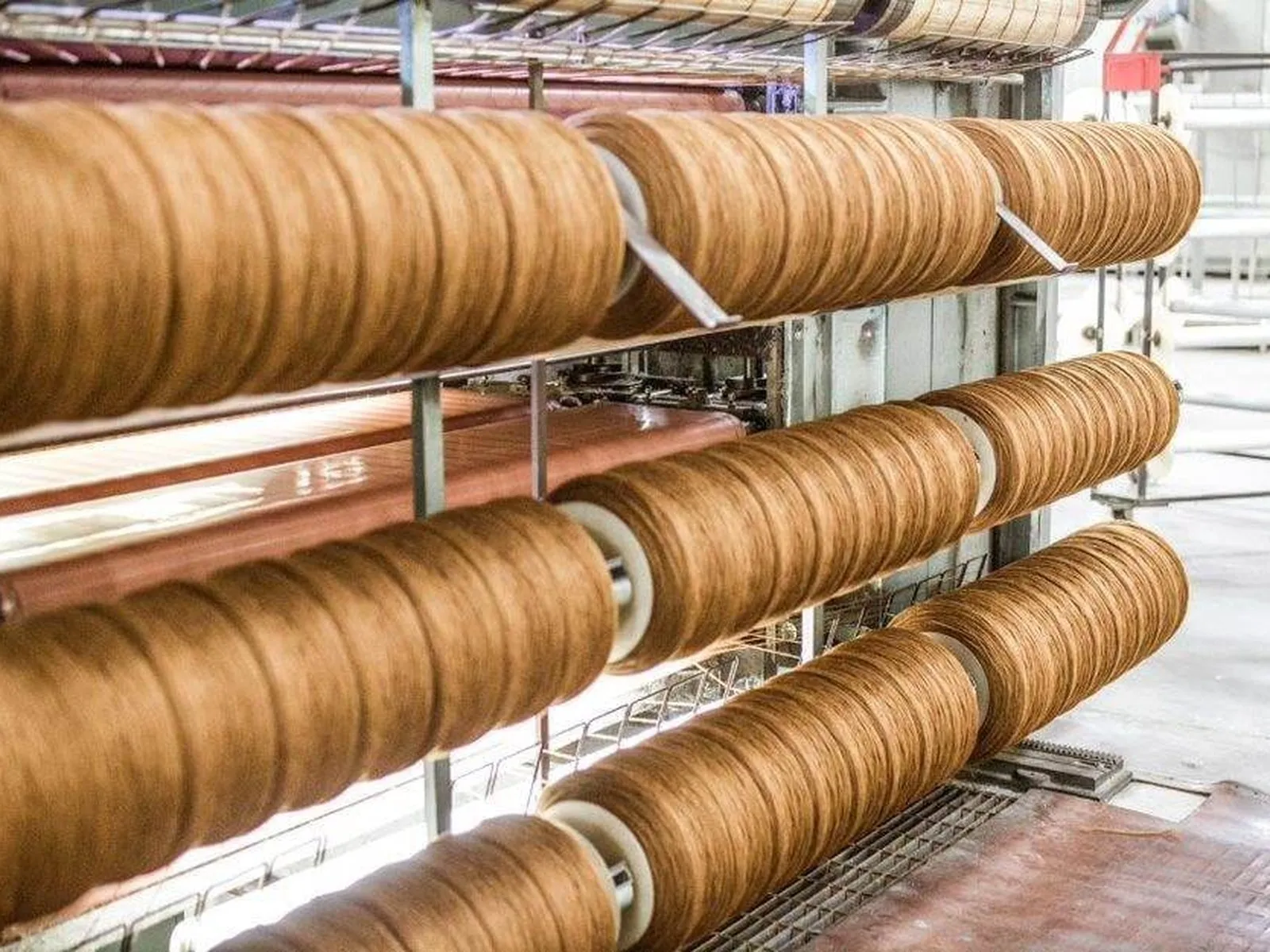Tech services
Ōtautahi Christchurch has built a strong global reputation for its cutting-edge technology and manufacturing expertise, offering top-tier ideas and talent to support the growth of businesses across various industries.
tech
Super-charged services
Boasting a dynamic tech ecosystem offering excellent support for startups and investors, Christchurch is home to some of New Zealand’s most pioneering and innovative global businesses – Tait Communications and Seequent.
Hi-tech companies choose to live here – whether it’s the headquarters for iconic Kiwi brands such as Hamilton Jet, Skope and Skellerup or the operations of multi-national manufacturing companies wanting a smart expansion point.
With a tech sector contributing $2.4 billion worth of GDP and over 15,000 jobs, Christchurch is the place to grow knowledge and transform the way organisations serve.

Success stories
Read about the Christchurch businesses from the tech sector.
tech
Innovation ecosystem support
Christchurch offers a vibrant and well-connected innovation ecosystem designed to support startups, entrepreneurs, and technology-driven businesses. Through a range of collaborative hubs, industry associations, and innovation spaces, the city fosters growth, networking, and the commercialisation of new ideas.
Canterbury Tech
Canterbury Tech is the voice and connector of local technology companies. As Canterbury’s leading professional association dedicated to advancing innovation, commercialisation and exports, Canterbury Tech has a broad-based member community of New Zealand’s most innovative companies and successful entrepreneurs.
EPIC Innovation
EPIC Innovation is a shared work and event space comprised of a unique blend of entrepreneurs, collaborators and innovators. Whether you’re seeking a quiet spot to delve into your workload or hungry for engagement with the local tech community, Epic has the space to suit your needs.
growth sectors
Explore our growth sectors

growth sectors
Christchurch growth sectors
Christchurch is a test bed for innovation in several global growth industries including aerospace, health tech, clean tech and food, fibre & agritech. Supported by a progressive ecosystem connecting talent, enterprise, education and government, these industries are at the heart of a regenerative economy.

growth sectors
Aerospace & future transport
With a current global value of $360 billion and estimates that it could be a $2.7 trillion industry by 2050, the field of aerospace and future transport holds great opportunity for the Canterbury region.

Growth sectors
Food, fibre & agritech sector
Canterbury is New Zealand's largest agricultural region, contributing one fifth of the national agricultural GDP. The region produces meat and dairy products, plant-based products, seafood and wine for both domestic and international consumers.




